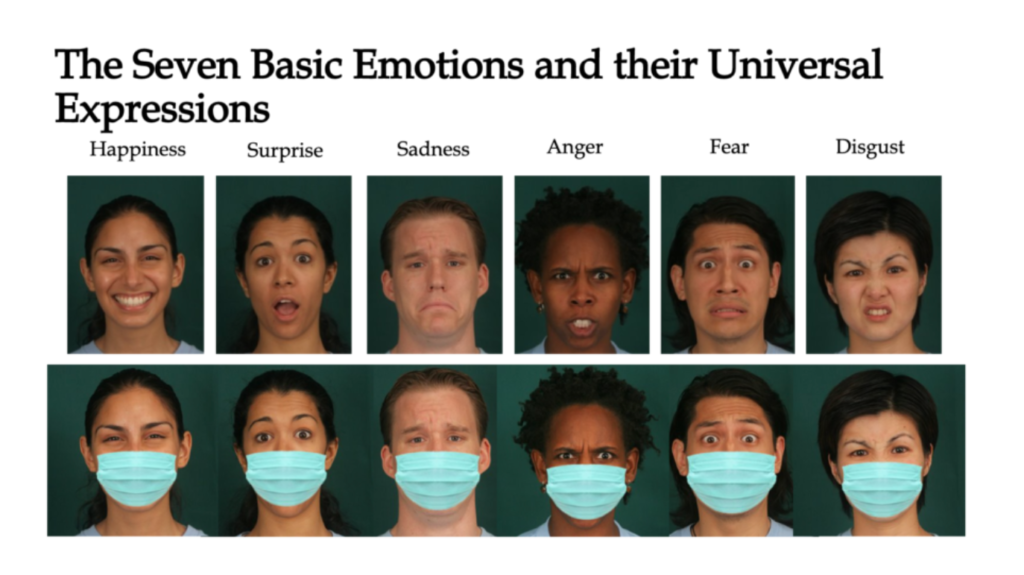What role does nonverbal communication play in the classroom? As many children around the country head back to school, it’s important for parents and teachers to think about nonverbal communication and how it influences behavior and learning.
In the video below, Dr. Matsumoto discusses the role of nonverbal communication between teachers and students in order to create better engagement between them. For the complete interview, visit this past blog post.
Dr. Matsumoto believes teachers can think about how to structure an environment to foster a certain type of engagement. He emphasizes different types of environments give implicit messages.
The Latest Research
Research backs up what Dr. Matsumoto suggests. A 2018 study published in the Journal of Experimental Child Psychology found that heavily decorated classrooms can bombard students with too much visual information, interfering with their memory and ability to focus.
While teachers have good intentions when decorating, many classrooms end up being “sensory-rich” in a way that “could hamper children’s learning gains rather than help,” according to psychologists Pedro Rodrigues and Josefa Pandeirada, who co-authored the study.
7 Tips to Foster a Better Learning Environment
What are some helpful tips to improve students’ executive functions, which include skills like memory, attention, and self-regulation? Read our handy infographic below created with info from Edutopia.

The post The Role of Nonverbal Communication in the Classroom first appeared on Humintell.

 Research has shown that infants as young as 27 weeks old begin to recognize facial expressions of emotion. In addition, a series of studies have shown that babies between the ages of 5 to 7 months recognize facial expressions of happiness, sadness, fear and surprise.
Research has shown that infants as young as 27 weeks old begin to recognize facial expressions of emotion. In addition, a series of studies have shown that babies between the ages of 5 to 7 months recognize facial expressions of happiness, sadness, fear and surprise. While essential emotion processing is evident in infants, early childhood is considered a critical period for the development of understanding emotions and emotion processing.
While essential emotion processing is evident in infants, early childhood is considered a critical period for the development of understanding emotions and emotion processing.

 For many, face masks have become the symbol of the global fight against COVID-19. But while face masks’ medical benefits seem to be clear, little is known about their psychological consequences, particularly on emotion recognition.
For many, face masks have become the symbol of the global fight against COVID-19. But while face masks’ medical benefits seem to be clear, little is known about their psychological consequences, particularly on emotion recognition.
